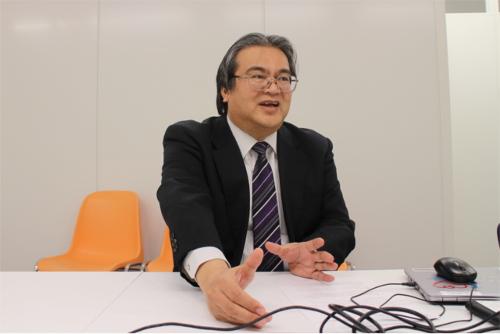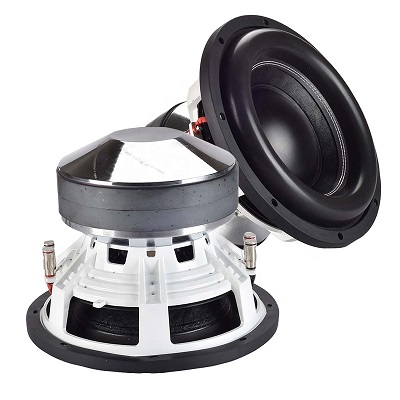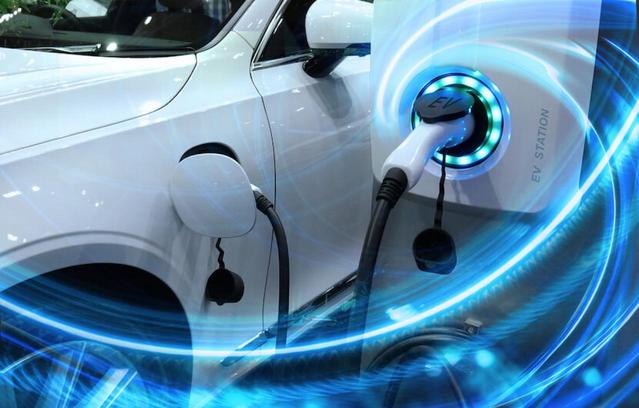Efforts to decarbonize are accelerating around the world to combat global warming. The shift to EVs for automobiles is a theme that has received particular attention. Eiji Makino, President and CEO of FORR Energy, says that the reuse of in-vehicle batteries is indispensable for the spread of EVs.

Efforts to decarbonize are accelerating around the world to combat global warming. The conversion of automobiles to EVs (electric vehicles) is a theme that has received particular attention. Eiji Makino, President and CEO of FORR Energy Co., Ltd., says that the reuse of in-vehicle batteries is indispensable for the spread of EVs. 《Photograph: Yuichi Maruya》
There are resources to make a new battery, and it also emits CO2.
Battery module used in Nissan "Leaf"
――Automakers are showing their policies for electrification one after another. [Makino] Toyota Motor Co., Ltd. says that it will "challenge toward 2050 carbon neutral", but Honda (Honda Giken Kogyo Co., Ltd.) will sell all new cars by 2040 EV or FCV (fuel cell). It has announced that it will switch to (automobiles), and Nissan Motor Co., Ltd. says that all new models to be launched in the early 2030s will be electric vehicles. GM says that new cars to be sold by 2035 will have zero emissions. GM also sells trucks, including that. Ford also says that all new cars sold in Europe in 2030 will be EVs, and Volkswagen will raise the proportion of EVs to 70% in Europe and 50% in the United States and China among the new cars sold in 2030. It is said that. Daimler also plans to make 50% of new vehicles EVs and PHVs (plug-in hybrid vehicles) in 2030. ――You are in a hurry to take measures against global warming. [Makino] According to the IEA (International Energy Agency), in order to achieve carbon neutrality in 2050, CO2 from small vehicles currently producing 3.29 Gt (gigaton) annually will be reduced by 97% to 0.0975 Gt in 2050. Must be. This is a number that includes already-sold vehicles, so all new vehicles need to be switched to zero-emission vehicles such as EVs and FCVs quite early in the 2030s. ――It seems that there are many challenges to realize. [Makino] Following the declaration of carbon neutrality in 2050 by then Prime Minister Yoshihide Suga in October last year, JAMA (Japan Automobile Manufacturers Association) issued four issues regarding the spread of EVs in December of the same year. I announced it all together. The first is the challenge of technological innovation in the battery itself, such as heavy weight, short durability, and short cruising range. The second is the problem of standards and technology that the charging time is long. And the third is the issue of resources. About 80 million small cars are sold annually worldwide. If all of this is electrified, there will definitely be a shortage of rare metals used in batteries such as cobalt and nickel. China produces various resources in its own country, but it is beginning to control resources all over the world. In addition, there are places such as Tesla that hold resources by individual companies. The fourth issue is the issue of battery reuse and recycling. He points out the need to build a social system in which the public and private sectors work together to prepare for the mass spread of electric vehicles. --Your company is engaged in the reuse of in-vehicle batteries. In terms of resources, it's a business that society needs. [Makino] It costs money to dispose of used batteries in an electric vehicle. But if you reuse it, it creates value. The first role of our company is to increase the residual value of electric vehicles and contribute to the expansion of sales of electric vehicles by reusing the batteries of electric vehicles. The second is to contribute to the spread of renewable energy. The 6th Basic Energy Plan, which was approved by the Cabinet in October of this year, also showed that the weight of renewable energy will be further increased from the conventional target toward carbon neutrality in 2050. However, there is a problem that the supply of renewable energy is unstable. Once the generated electricity is stored in a battery, it can be supplied stably, but new batteries are expensive. Therefore, we would like to provide affordable batteries by reusing used in-vehicle batteries. Increasing the weight of renewable energy means that the electricity used by electric vehicles will be cleaner, so the value of electric vehicles will also increase. And the third role is to contribute to the resource problem I mentioned earlier. Fourth, it also has the role of reducing CO2 emitted when making batteries. According to the IEA, making 1kWh of battery emits 100kg of CO2. This means that, for example, 5.4 to 8.2 tons of CO2 will be emitted to make a 54 to 82 kWh battery installed in the world's best-selling EV. This is equivalent to 2.8 to 4.3 CO2 emitted by the Japanese in one year before the Korona-ka. If you don't reuse the batteries and make new ones, you can reduce CO2 emissions accordingly. ――What exactly do you do when you reuse in-vehicle batteries? [Makino] Currently, we mainly handle batteries that have been used up in "Leaf". The "Leaf" battery is made up of 48 modules, but the performance of each one is grasped, divided into 3 stages, and how much capacity remains after a predetermined period (for example, 10 years later). Judging whether or not it can generate enough power, we are changing to storage batteries for various purposes such as small EVs, automatic guided vehicles (AGVs), and large power storage equipment. The point is to combine modules that have the same performance to make one product. Creating a tool to simulate this deterioration is one of our unique strengths. "Leaf" has sold over 500,000 units, and from all of them, we collect data on the situation when running and the surrounding situation. By comparing the big data with the data of batteries for thousands of leaves that we have accurately measured, it has become possible to simulate deterioration. We clarified all the effects of frequent quick charging and the effects of using the VtoX function that supplies power to the outside such as at home every day. Since our products are reused, they have a competitive advantage in terms of price and contribute to the society of a circular economy, but the most important thing is safety. Batteries are a very important piece of social infrastructure. For safety, we use highly reliable "Leaf" batteries that have never ignited. In addition, we have obtained the certification of UL1974, a safety standard for strict battery reuse in the United States. So far, we are the only company in the world to be certified. Furthermore, the control system which doubled the backup system adopted in "leaf" is adopted. What's more, even in the unlikely event that something happens, the inside of the housing is oxygen-deficient and the explosion-proof design prevents fire. It costs a lot, but we are particular about it. To give an example of a product, there is a railroad crossing security device power supply battery announced by JR East (East Japan Railway Company) at a regular press conference of the president on February 9, this year. JR East has about 6000 railroad crossings with barriers, and lead-acid batteries are placed there so that railroad crossings can be raised and lowered even during a power outage. By replacing the storage battery with one that reuses 9 modules of "Leaf" batteries, the charging time can be reduced to 1/3 and the cost can be reduced by up to 40%. Lead-acid batteries need to be checked regularly for liquid volume, etc., but that is not necessary either. Since it is possible to remotely grasp the signs of deterioration, there is no need for on-site inspection.
Next page: Batteries that have been used in EV will come out in large numbers Last update: PHP Online Public Knowledge (THE21)
![[Denon new product] 13.2 ch AV surround amplifier "AVC-X8500HA" [Denon new product] 13.2 ch AV surround amplifier "AVC-X8500HA"](https://website-google-hk.oss-cn-hongkong.aliyuncs.com/drawing/article_results_9/2022/3/9/ad745d22fd0d603784e2e2dcbb6e3aab_0.jpeg)
